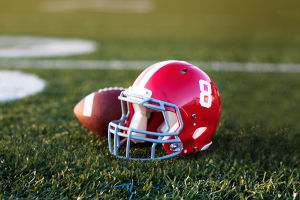Hey Lykkers! Have you ever wondered what fencing really is and why it’s often called a sport for the rich? At first glance, fencing might look like just two people poking each other with swords—cold and pretty niche.
But this sport actually has a fascinating story and charm that’s catching more attention worldwide. Let’s explore where fencing started and why it carries such a fancy reputation.
The Origins of Fencing: From Survival to Status Symbol
Fencing didn’t start as a sport. Long ago, swords were vital tools for humans to defend themselves against animals and enemies. Over time, swords became symbols of power and victory. In many European noble circles, mastering the sword meant status and authority. When arguments couldn’t be solved by words, sword duels decided who was right.
This tradition eventually became a formal sport but remained exclusive to aristocrats. Countries like Spain, France, and Italy became famous for their skilled swordsmen, especially knights who each developed their own fencing styles and rules.
Fencing’s Path to Modern Sports
It wasn’t until the late 1800s that fencing moved beyond noble circles. It debuted as an official sport in the first modern Olympics held in Athens. Since then, fencing has grown globally. Yet, in many parts of the world, it’s still a niche sport. This is not surprising since, even in Europe, ordinary families rarely have their children learn fencing, shooting, or horseback riding—sports traditionally linked to nobility. Instead, these sports often remain tied to elite families or those with special traditions.
Why Is Fencing Called a Sport for the Wealthy?
Let’s talk about why fencing is called a “rich person’s sport.” The main reason is the cost of equipment and training. Unlike many sports with simple gear, fencing requires specialized protective clothing and weapons that meet strict safety standards.
Take the fencing mask, for example. It’s made of metal mesh with tiny holes (less than 2 millimeters) to protect the face while allowing vision. The mask can withstand impacts over 150 kilograms. There’s also a neck guard extending to the collarbone for extra safety. The clothing is made from special fabric able to resist hits of at least 80 kilograms. Women’s gear includes additional chest protectors. On top of that, there are specific pants and long socks—all designed for safety. The price for all this gear adds up fast.
The Cost of Swords and Accessories
On top of protective gear, swords themselves come in three types: épée, foil, and sabre. Prices vary depending on quality, but high-quality swords can be very expensive, especially if imported. Serious students who want to train professionally often invest in top-tier imported equipment, which can be a big financial commitment, making it less accessible for many families.
A Sport of Skill and Expense
So, Lykkers, fencing remains seen as an elite sport because of its deep roots in nobility and the high costs of gear and training. But beyond these barriers, fencing is a thrilling mix of strategy, skill, and tradition that continues to attract those who try it.
Would you like to explore more about fencing or maybe even try it yourself? Let’s keep uncovering the fascinating stories behind sports together!
How Fencing Became One Of The World's Fastest Sports
Video by Red Bull


